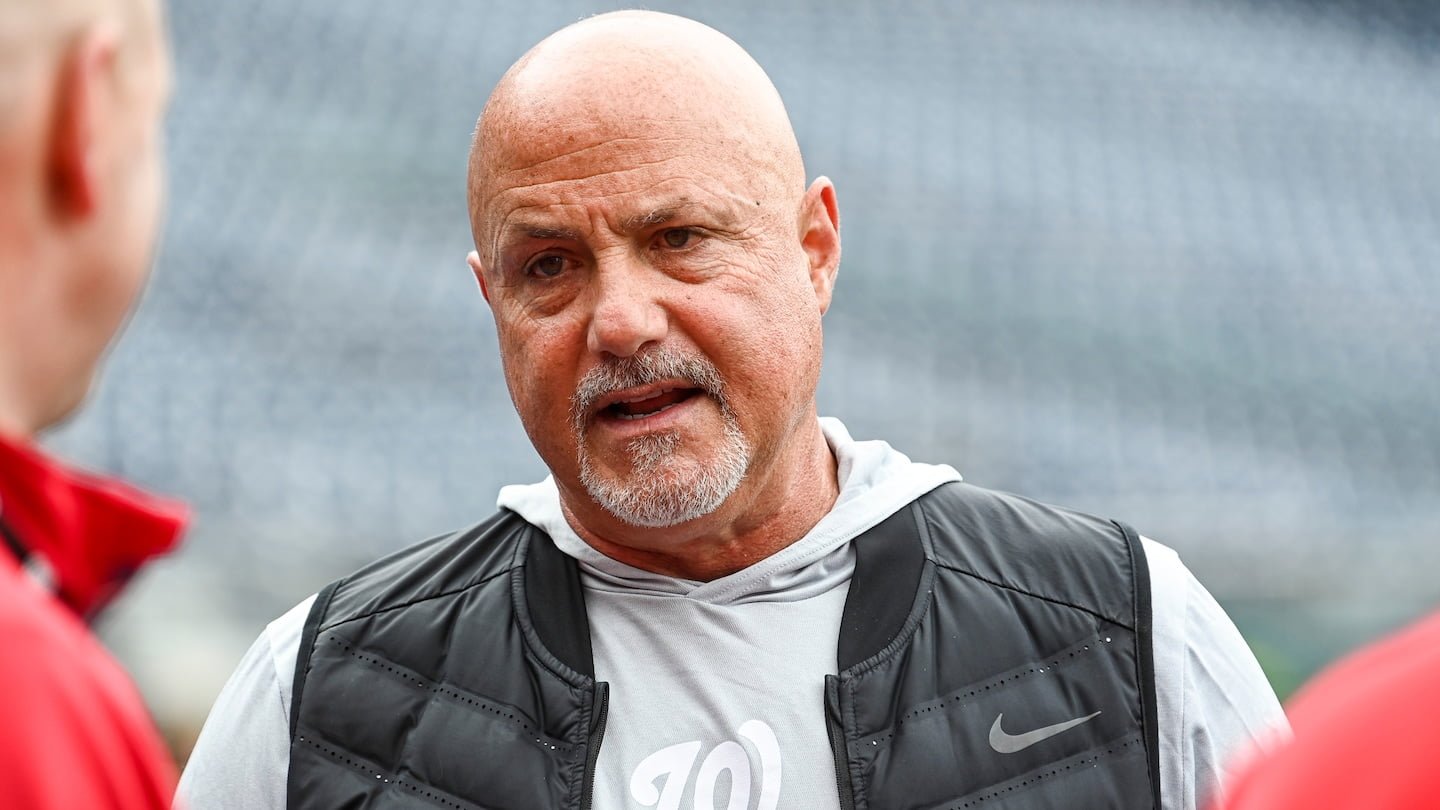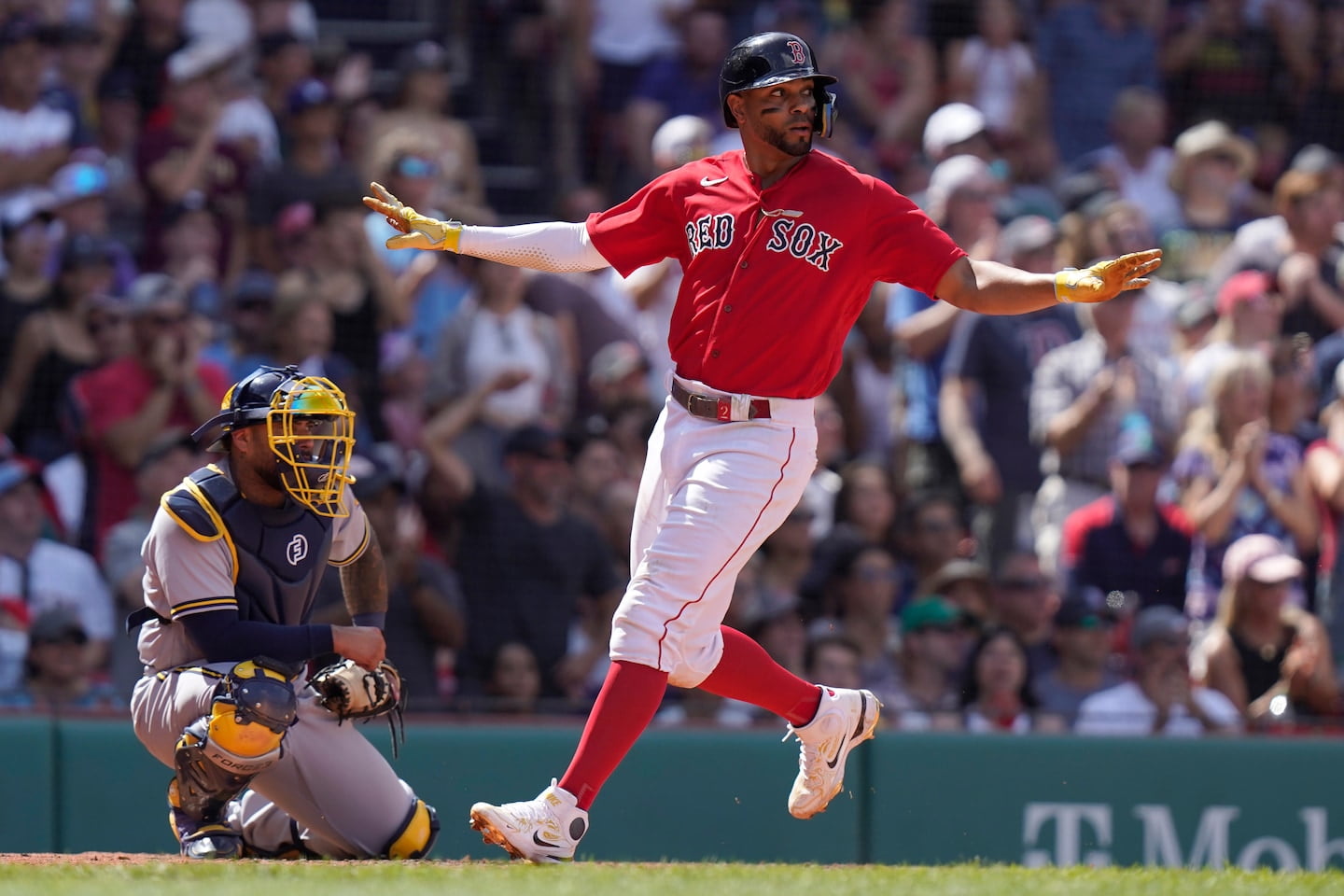Because Ward arrives via the Rule 5 draft, the Nationals will have to carry him on their active roster for all of 2022 or risk losing him to another club. Should he make it through the whole season, the Nationals would have an optionable pitcher with five more years of team control.
After Ward was officially placed on their 40-man roster Wednesday, outfielder Josh Palacios was taken by the Pittsburgh Pirates in the minor league portion, ending his short stint in D.C. Washington declined to pick a second player despite having the 40-man roster space.
“We blended the upside of the pitcher with the certainty of making it easier to carry the player throughout the season,” General Manager Mike Rizzo explained at the winter meetings, where the Rule 5 draft returned after last winter’s lockout led to its cancellation. “We liked this player. . . . He’s around the plate. He’s got some pitchability and some stuff. We think that there’s a bit more in the tank when he gets further away from the surgery.”
Surgery sidelined Ward for most of the past two seasons. After he returned in July, he threw 51⅓ innings across 13 starts, striking out 11 batters per nine innings with the Class AA Portland Sea Dogs. In his longest appearance, he recorded 16 outs on 89 pitches in September. The Red Sox selected Ward in the fifth round out of the University of Central Florida in 2018. In November, they exposed him to the Rule 5 draft instead of adding him to their 40-man roster.
Ward then became the Nationals’ first major league Rule 5 selection since 2010. When they grew into a contender, then sustained a run of success for close to a decade, they had crowded 40-man rosters and couldn’t afford to offer spots to such unproven players. But the top pick — a position they earned by losing 107 games in 2022 — brought the chance to land a pitcher with an expansive mix, including a four-seam fastball, a plus slider, a sinker, a cutter and a developing change-up. Ward’s slider is what most intrigued the Nationals.
“I kind of pride myself in being able to do just a little bit of everything,” Ward said Wednesday. “To keep hitters uncomfortable and to really make sure that it gives my defense the best opportunity to make the plays that they’re very, very capable of making.”
Twelve years ago, Washington took Elvin Ramirez, who never pitched for the Nationals, and Brian Broderick, who was ineffective in his only 11 career appearances in 2011. That past alone shows the hit-but-more-likely-miss nature of this process. So while there may be a bit less variance with Ward, whom Baseball America had as one of the best available players, there is variance nonetheless.
The immediate plan, as explained by Rizzo, is to stretch Ward out in spring training. That could serve two purposes: Allowing the Nationals to see him as a starter and to prep him to pitch multiple innings out of the bullpen early in the season. Rizzo noted Wednesday that Ward’s fastball velocity seems to be ticking back to its pre-surgery levels. Ward pitched five or more innings in five of his 13 outings last summer.
The Nationals paid $100,000 to add Ward on Wednesday. If he struggles come spring, they could return him to the Red Sox with little to nothing lost. The expectation, though, is that Ward will break camp and get an extended chance. Ward knows he has to refine his change-up, a relatively new pitch for him, to grow into a major league starter. But with MacKenzie Gore, Cade Cavalli and Josiah Gray in the rotation mix — plus Patrick Corbin under contract for two more seasons — the Nationals won’t be in a rush to make that happen.
“I still have to go out and I have to make that team. That’s the approach I’m taking to it,” Ward said. “I’m not really looking at it and being like, ‘Oh, I’m in the big leagues now.’ I’m still taking the approach of I still need to go and earn my spot.”



